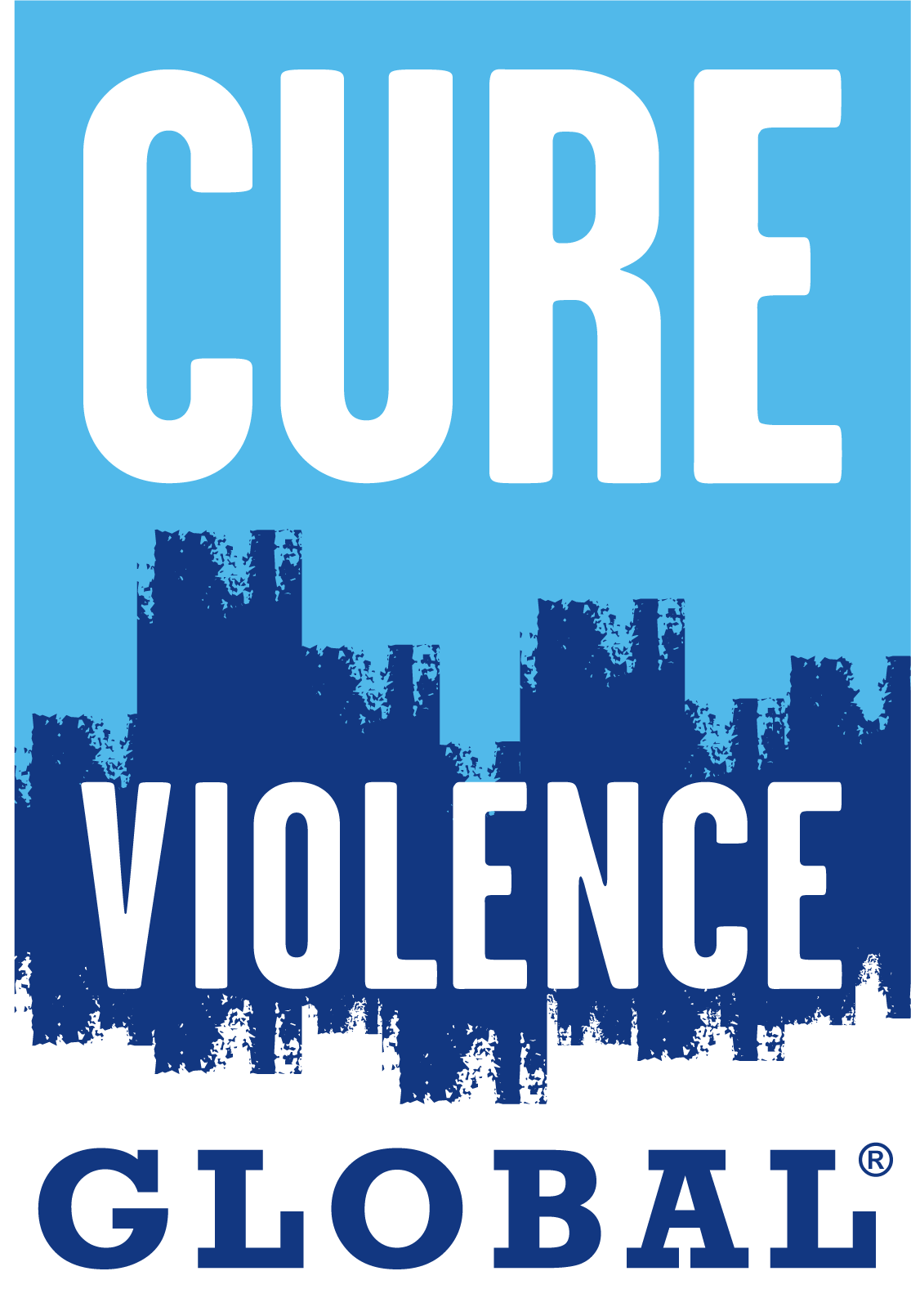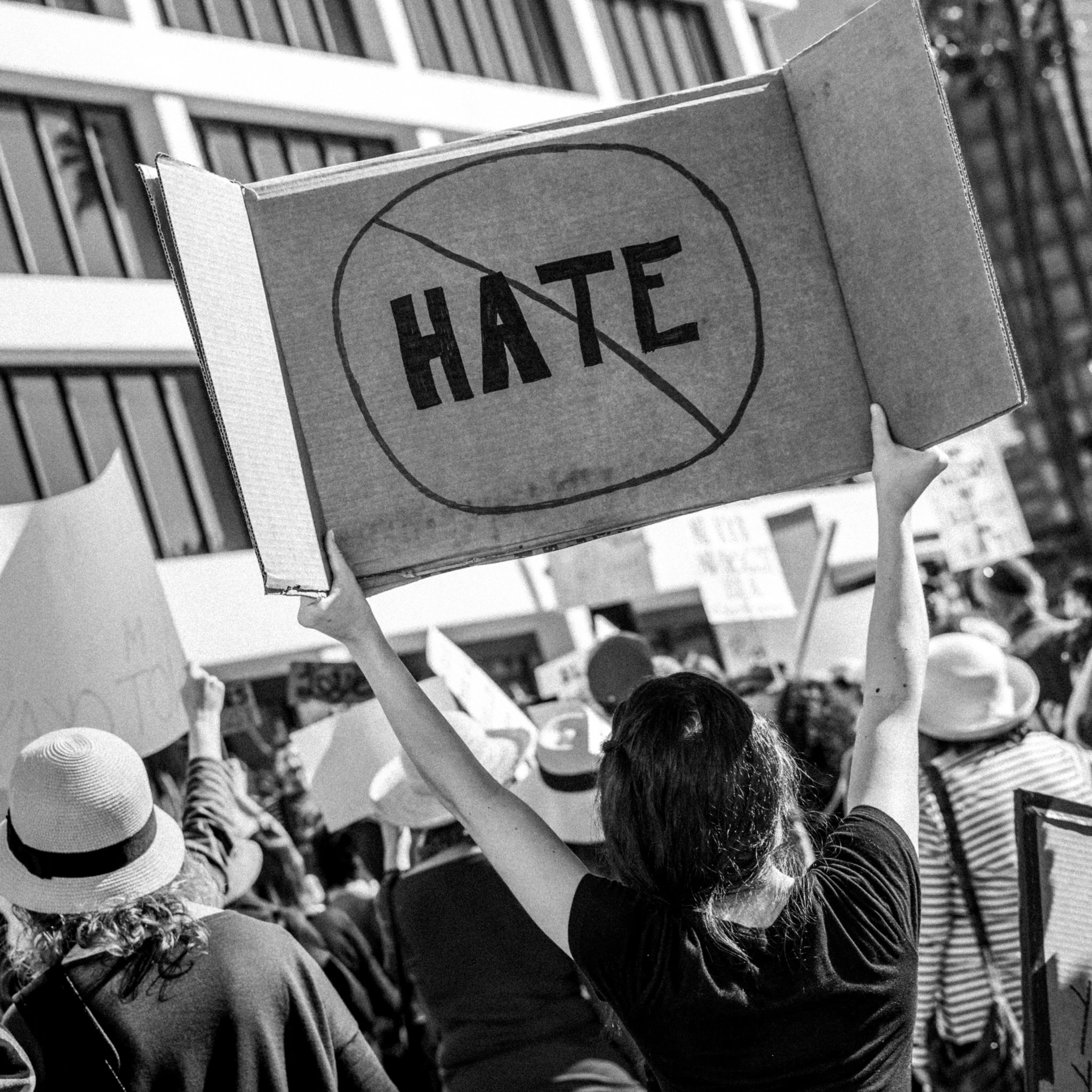The #BlackLivesMatter movement has transformed the national conversation about public safety and how cities should reckon with systemic racism within the traditional law enforcement system. Cure Violence Global (CVG) is considered one of four solutions that could radically change how communities stay safe through community-based approaches. Many #Blacklivesmatter activists and city council members have called on the CVG model as an alternative to policing in their communities. They cite the long-lasting positive results and impacts CVG has had on communities. As momentum continues to push cities to rethink public safety and the role of police, CVG is more relevant than ever.
CVG programming has recently expanded in Jacksonville, Florida due to its effectiveness in stopping violence. The Northside Bridges location has not experienced a murder in 99 days as of August 12. Mayor Curry of Jacksonville stated, “Cure Violence is having a positive impact on violence in the target area.” Mayor Curry understands the CVG model does not need to operate in every city, but when it is targeted in the right locations, it can vastly transform norms and behaviors.
New York City residents mobilized in vast numbers to demand changes to policing and public safety. Mayor Bill de Blasio listened to protesters’ demands and has pledged to support community-based alternatives. Bill de Blasio stated, “Cure Violence movement is the solution in terms of the future of this city,” when discussing police brutality. Mayor de Blasio has pledged $10 million to expand Cure Violence into more neighborhoods to create safer communities.
The mayor has not been the only New York politician to support CVG model expansion. Ritchie Torres, a NYC city council member, believes the CVG model is effective. He says, “community-based alternatives like Cure Violence … have been effective at reducing violence without over-criminalizing communities of color.” CVG entered New York City in 2010 with one site in Crown Heights, and now CVG has 23 sites and six more sites planned to be added in the next few months because the approach has been proven successful and continues to positively impact those community members.
Although individual cities have reached out to the CVG team, CVG has also been recognized nationally. The Bernie Sanders website advocates for “funding Cure Violence and similar proven effective violence interruption models to stop violent incidents before they begin.” Radley Balko, a Washington Post columnist, debunks the widely perceived meaning behind #defundthepolice and explains how CVG represents what defunding the police actually looks like. He writes, “intervention groups like Cure Violence have had remarkable success driving down homicides. ‘Defund’ doesn’t mean abolish. It means thinking more creatively about these programs than responding to every crime spike with more cops, heavier weaponry, and more aggressive policing. When communities are more afraid of the cops than the criminals, cooperation with police ceases, and crime soars.” CVG hopes to be a part of continuing conversations on and showcase how the CVG model fits into the current movement as a data-driven, adaptable approach to public safety.
In an article regarding the abolition movement, Josie Duffy Rice, points out that “these organizations [CVG] view gun violence as a public health question rather than evidence of community moral rot.” The CVG model works on the assumption that there are no ‘violent’ people but that there are violent behaviors that become normalized over time. This is why the CVG health approach to violence is an effective alternative to public safety that does not criminalize or discriminate against any group.
The Minneapolis City Council voted to cut $1.5 million from the police and allocate $1.1 million to the Office of Violence Prevention. Councilman Phillipe Cunningham is one of the strongest advocates for a CVG approach in Minneapolis. He says he supports the Cure Violence model which includes the use of well-trained, unarmed community responders. Even Minneapolis Police Chief, Medaria Arradondo, has expressed a desire to hear more about the model and how it could be incorporated into the city.
CVG staff are standing by to speak with politicians, policy makers, activists, and community leaders about a public health approach to public safety. If you or your city are interested in learning more about the CVG model or how to implement the approach in your city, please reach out and email the CVG team today.


